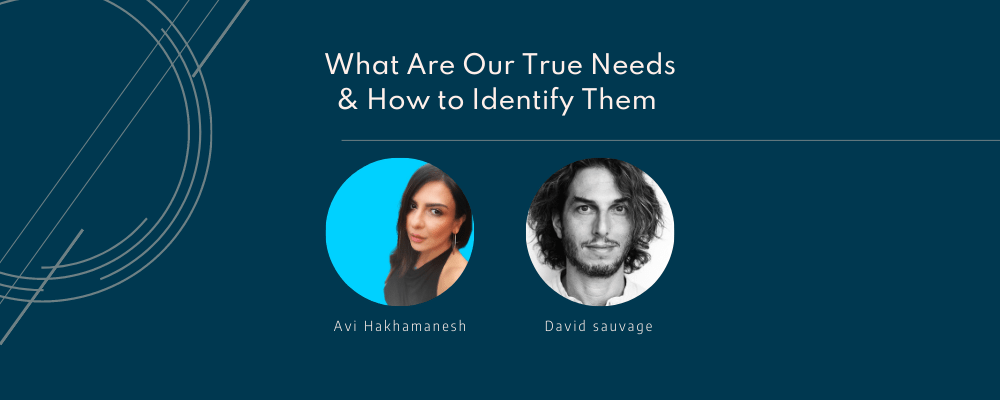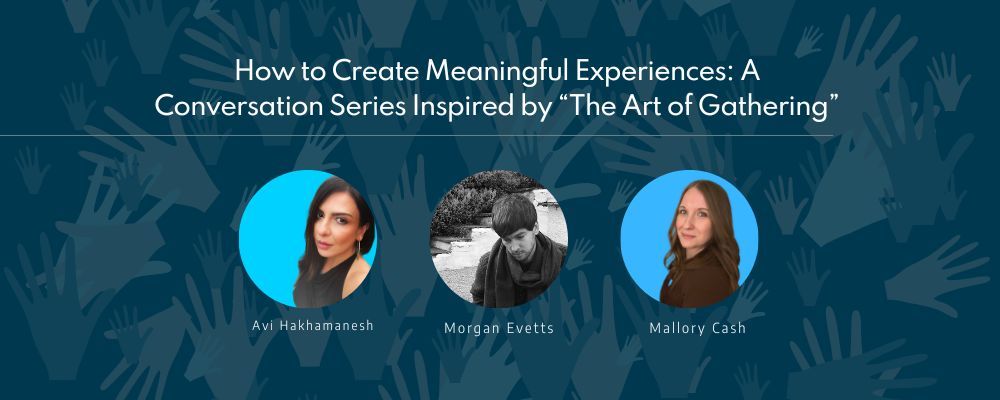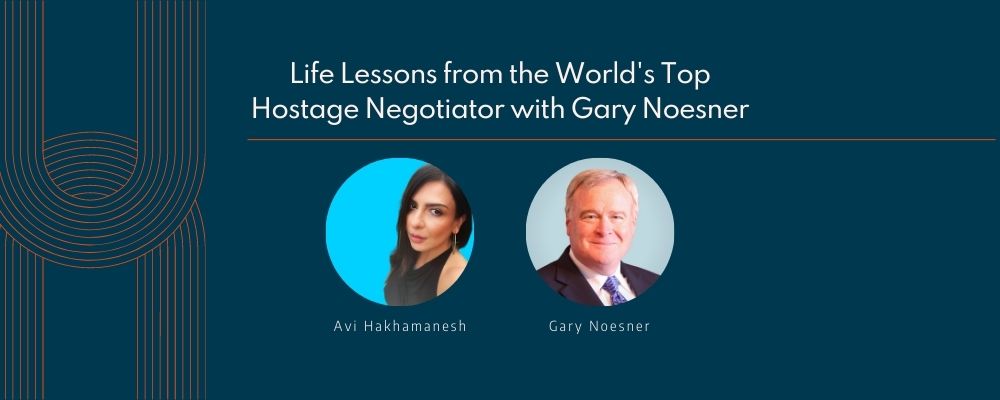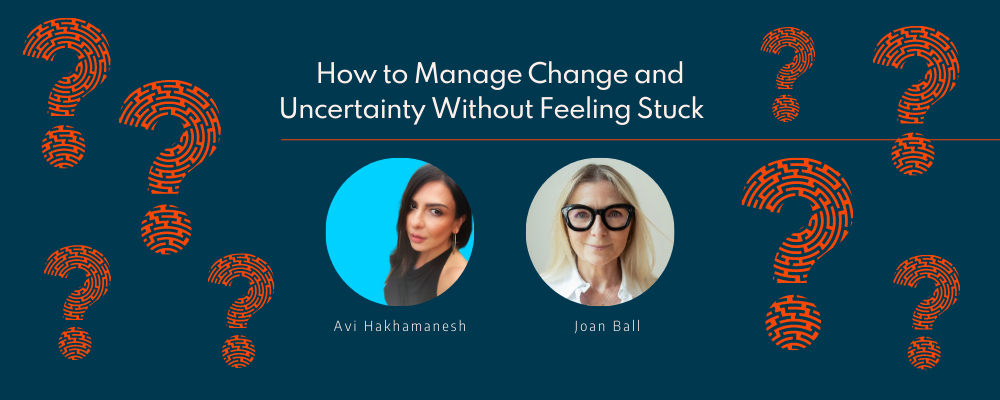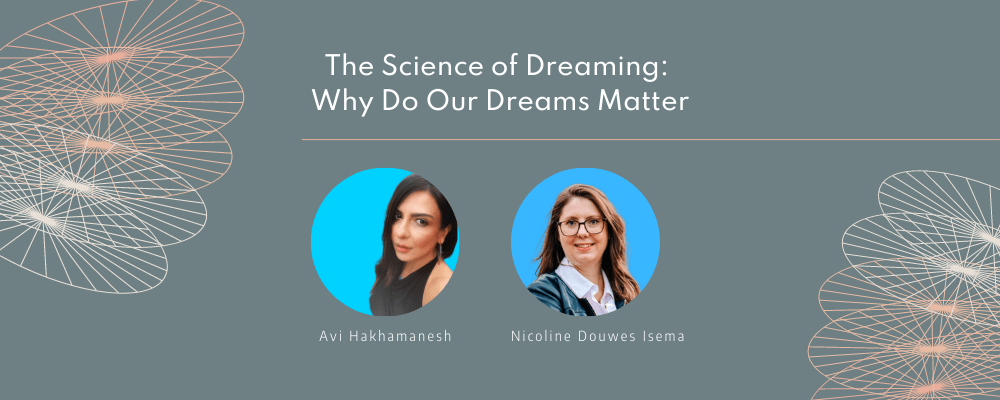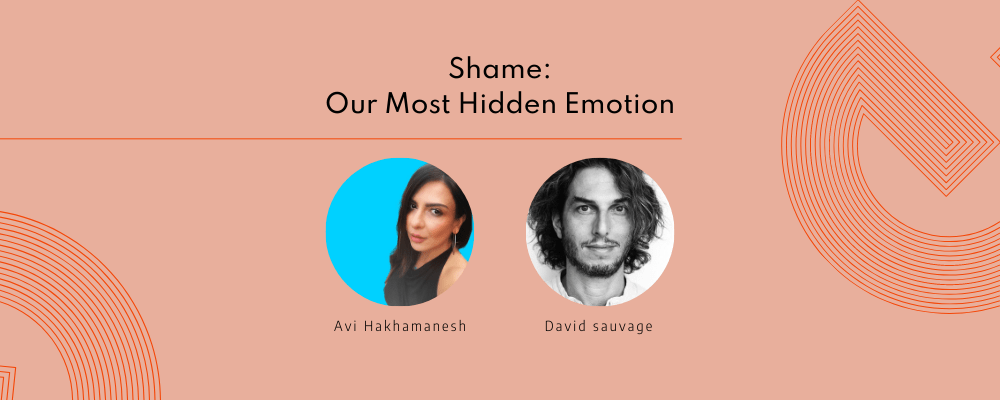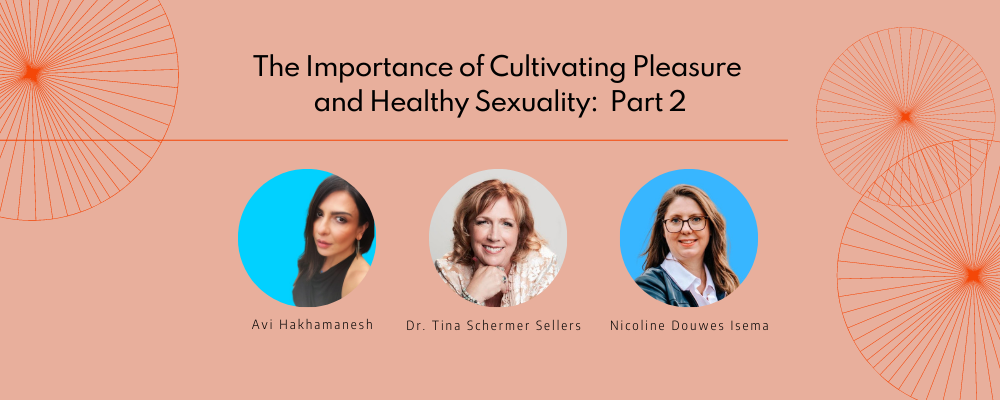What Are Your True Needs & How to Identify Them
What are our real needs, and how do we get in touch with them? Why do we have such a complex relationship with our own needs? How can we tell the difference between our needs and wants or desires? And even if we can connect with our needs, how can we prioritize them at any given moment? There are no easy answers. In this conversation, we discuss the multiple layers of this rarely discussed yet very important and complex topic.
For a brief overview of key points we discussed, check out the Savvy Takes section below.
SAVVY Takes
The Path to Understanding Our Needs: Two Key Principals
- Our needs matter. If we don’t truly believe this, it’s going to be impossible for us to actually meet them. The idea of our needs mattering might be very uncomfortable for some of us. And in order to connect with them, we need to work through the discomfort that arises.
- In order to connect with our own needs, we need to become deeply connected (or at least sufficiently connected) to ourselves. This allows us to become attuned and listen when signals of our needs appear.
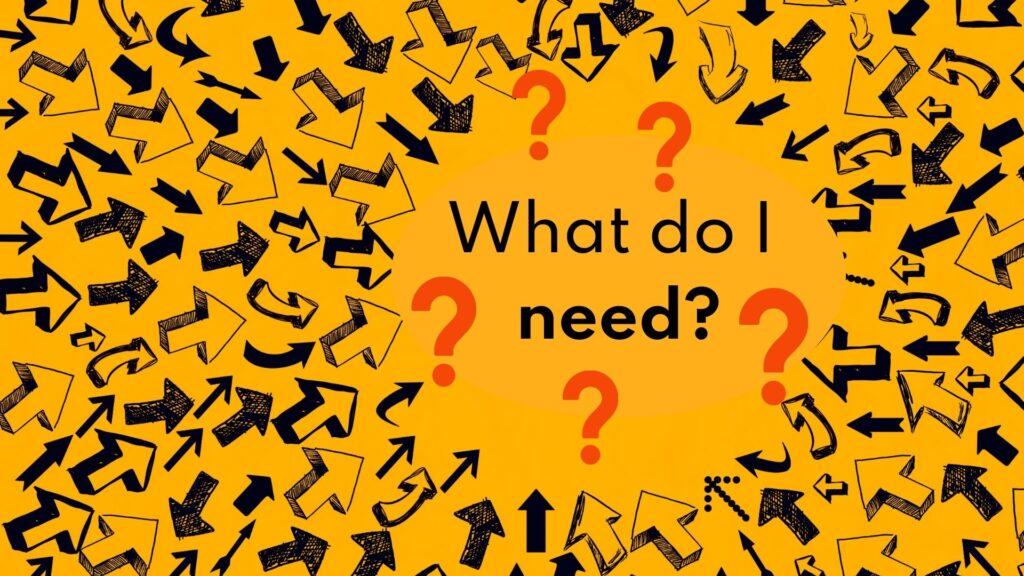
How can we get in touch with and identify our needs?
If we are connected to ourselves, our need can speak to us in 3 different ways:
- Introspection: Sometimes, we can simply ask ourselves “What do I need right now?”
This has been the single most important questions I’ve learned to ask myself. This question might seem simple, but it’s not one we often actually ask ourselves.
What bubbles up might be something seemingly trivial, such as a shift in the position of our leg or body, as we’re sitting or standing. We might realize that we are thirsty and really need a glass of water. Or that we need solitude, or to spend some time in nature. Or it might be something much deeper, like the need to feel supported in our life.
They key is to inquire. - Listening to Our Bodies: Our bodies constantly speak to us, sometimes in subtle ways and sometimes in not so subtle ways.
If we are listening, we can adjust what’s needed to meet our needs, without a crisis. But if our needs go unmet for a longer period of time, our bodies will fall into crisis. We get physically sick, or burn out.
As we become more sensitive to our bodies, we can sense our needs as they arise earlier in the process and can attend to them before they cause intense pain. - Listening to Our Emotions: Our emotions serve as a guidance system for us to meet our needs.
They sometimes alert us that we have to change our behavior in order to meet our needs. Other times, our emotions offer us ways to work through our unmet needs. Both pleasant and unpleasant emotions can serve us in this way.
For example, I have a deep curiosity to learn. Curiosity is a very pleasurable experience for me. And this speaks to a deep need I have for information and understanding.
An example of an unpleasant emotion which can help us meet an unmet need is grief or anger. Grief represents our need to process a loss. And our anger might be telling us to adjust our relationship with someone, or to shift our boundaries.
Key Challenges in Identifying our Needs
Unfortunately, our emotions and needs aren’t always connected in a simple and clear way. Their relationship is complex. Figuring out our true needs through our emotions is a lifelong practice.
There are two major complexities with the connection between needs and emotions:
- Often times, we have multiple and simultaneous needs that are in conflict. Each of us has a need for belonging and a need for self-expression. For most of us, these two needs will be in opposition for the majority of our lives. We want to belong to a particular group. But if we speak our truth to that group, we risk not belonging. So we end up in internal conflict, which leads to experiencing intense and unpleasant emotions. In this case, we usually end up neglecting one need (self-expression) in order to meet the stronger one (belonging), or vice versa.
- Trauma often prevent us from getting in touch with our true needs. We develop coping mechanisms in order to avoid the pain from our wounds. And our coping mechanisms, in turn, shield us from the painful emotions that would have, otherwise, alerted us of our unmet needs.
In buffering our pain, our coping mechanisms also disconnect us from our true needs, ensuring they remain unmet.
For example, we all need to feel love. But perhaps the love we needed was not available to us as a child. And so, our unconscious settled on a way to compensate for the pain of not being loved in the form of a coping mechanism: the pleasure in being validated.
So we cope for not feeling loved by feeling validated. We feel better when people tell us that we’re amazing, or brilliant, or beautiful, or talented. This lights us up. It make us feel great. This validation seems to be meeting a need. But it’s only meeting our secondary need (validation), not our core need for love.
Addictions are perfect examples of this principle. An addiction is a secondary need that arises in the face of our inability to meet the primary one (for love, support, feeling seen, etc.). We use alcohol, drugs, food, or develop other habits to cope with the pain of our unmet needs.
But our addictive behaviors don’t help us meet our needs. They serves as buffers, dulling the pain, and disconnecting us from our real needs, ensuring those needs remain unmet.
So how can we differentiate these secondary needs from primary ones? How do we distinguish things we want that are truly good for us, from those that just soothe us in our pain?
Disentangling our primary and secondary needs can be a messy process and really challenging, But we can begin our process of discovery by beginning our journey of healing.
There ain’t no easier answer!

